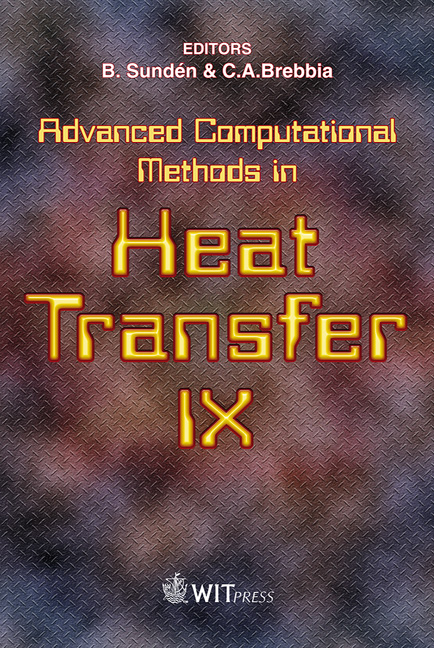Investigation Of Heat Transfer In The Cup-cast Method By Experiment, And Analytical Method
Price
Free (open access)
Transaction
Volume
53
Pages
10
Published
2006
Size
441 kb
Paper DOI
10.2495/HT060251
Copyright
WIT Press
Author(s)
F. Pahlevani, J. Yaokawa & K. Anzai
Abstract
Semi-solid metal alloys have a special microstructure of globular grains suspended in a liquid metal matrix that cause a significant number of benefits. A new semi-solid casting method (cup-cast method) that has been recently developed has eliminated all of the difficulties associated with other semi-solid casting processes and makes semi-solid casting as easy as pouring water from a pitcher into a drinking glass. This method is based on the nucleation and growth of solid-particles. Heat transfer phenomenon is one of the most important factors in this method that governs the shape, size, and fraction of solid particles. In this study, the heat transfer phenomena in the cup cast method has been studied experimentally and theoretically. First, the temperature distribution was measured at a semi-solid casting of Al-A356 with the cup-cast method at different points. Finally, a model for heat transfer phenomena was proposed. The final model was in good agreement with the experimental data. Keywords: semi-solid, cup-cast, heat transfer, analytical equation, modelling. 1 Introduction The semi-solid processes of Al-A356 alloy produced globular instead of dendritic alpha phase and extraordinarily fine fibrous aluminum-silicon eutectic structure, which apparently gives exceptionally high ductility [1-4]. Semi-solid processing offers several significant process and product cost advantages, for example: 1- reduced cost of porosity-related scrap, rework and impregnation of die cast type products; 2- reduced material content of squeeze, low pressure and permanent mold type products by casting to near-to-net-shape and by casting thinner sections of high integrity material; 3- long tool life, the
Keywords
semi-solid, cup-cast, heat transfer, analytical equation, modelling.





